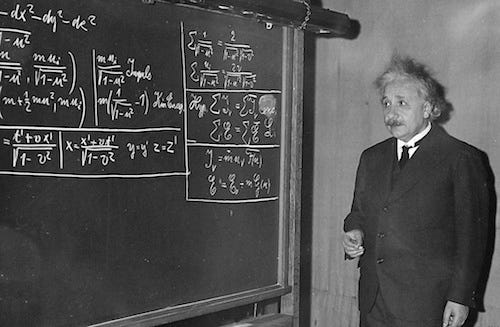That Viral "Most Books Sell < 12 Copies" Claim Again
Yet another post on confusing book sales statistics
Last year, I wrote an article debunking a viral claim that half the books published by big publishers sell less than twelve copies. A year later—to the day, strangely—this claim has gone viral again, which has prompted people to share my 2022 article as well as a very informative comment left by Kri…
Keep reading with a 7-day free trial
Subscribe to Counter Craft to keep reading this post and get 7 days of free access to the full post archives.



